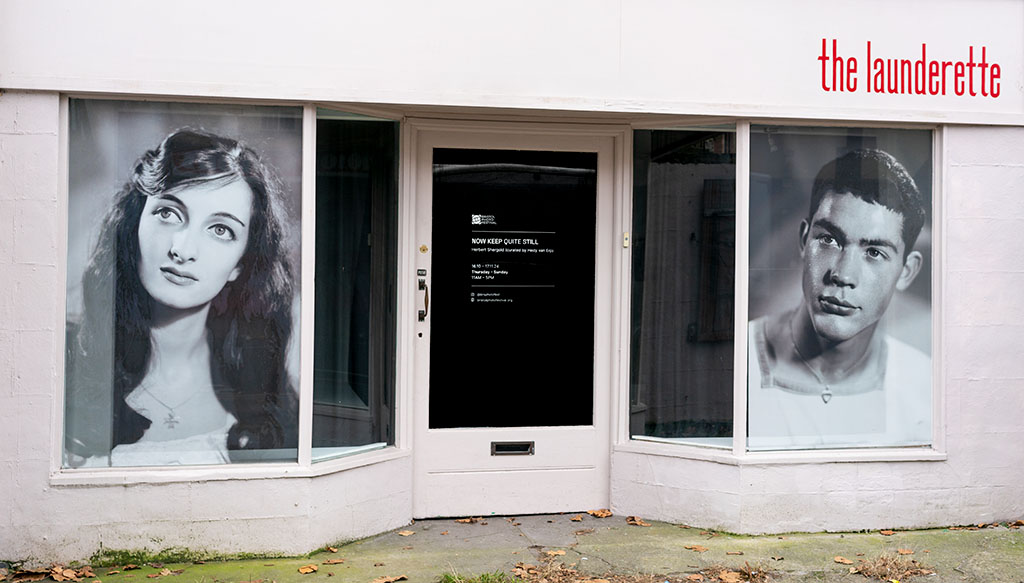There are many iconic locations in the UK and, of course, around the world which attract photographers like mega-magnets. Images of these places crop up with remarkable regularity on social media – so is there any value in photographing a place that has been pictured thousands of times already?
It seems to me that there are probably two main reasons to do so.
The first might be to ‘test one’s skill’. The thought process might be along the following lines: ‘That’s a great image, I would love to capture something like that so I’m going to visit the location and give it a go.’ Viewed as a learning process or simply to add a nice image to a personal portfolio/record this seems entirely valid.
Perhaps more valuable, however, is the determination to obtain a truly different photograph of a familiar scene. This is a substantial challenge which – sheer good luck aside – might involve, for example, extreme weather conditions, a genuinely new perspective or the addition of a different element to the image content. It may take frequent return visits to a particular spot to capture such an image or, alternatively, a high level of pre-planning to introduce a special element that genuinely makes a difference. Not an easy ask and not one for the ‘casual’ snapper.
In my region, the South West, among the most frequently photographed locations are the low lighthouse at Burnham-on-Sea, Glastonbury Tor and Clevedon Pier. Search for images online and hundreds (probably thousands) will show up. If you’re up for the challenge, why not take a look and then set out to capture that truly different take on the location.
It can be well worth it. By way of example, check out glastomichelle on Instagram. A Glastonbury resident and regular Tor photographer, Michelle Cowbourne recently captured an extremely rare, possibly unique, sight – a Lancaster bomber flying past Glastonbury Tor. Her images ended up in six national newspapers!
mfimage
